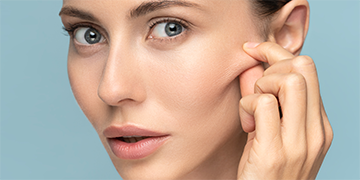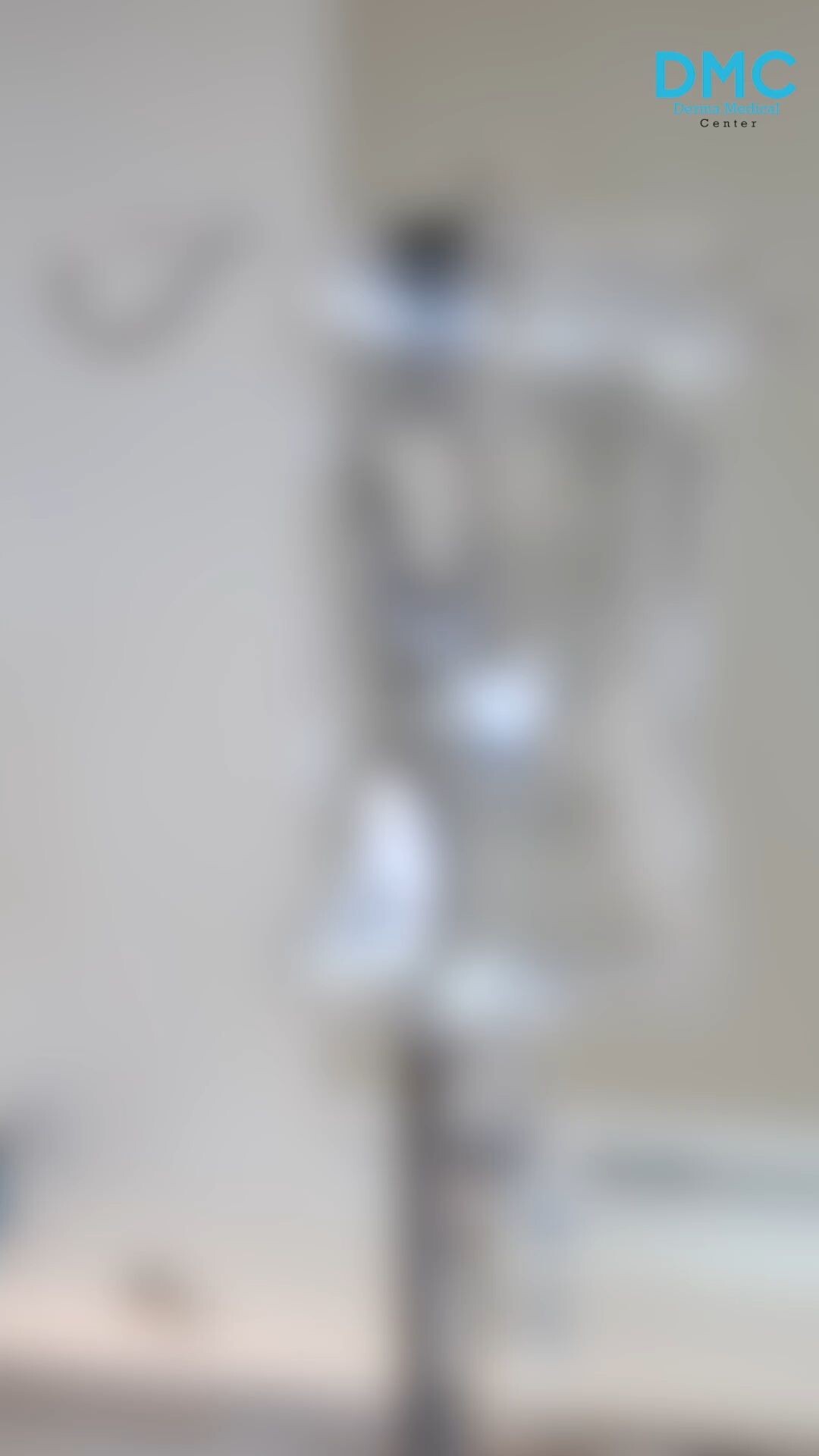From Consultation to Transformation: The Journey of Customized Skincare In the world of skincare, one-size-fits-all solutions rarely lead to optimal results. Each person’s skin is unique, with distinct needs and concerns that must be addressed for true transformation. That’s where the power of customized skincare comes in, offering individuals a personalized path to achieving their best skin possible. The journey from consultation to transformation is a holistic process that combines expert knowledge, tailored treatments, and ongoing adjustments to deliver a skincare routine or regimen perfectly suited to the individual. Step 1: The Initial Consultation The journey begins with a thorough consultation, during which a skincare specialist or dermatologist evaluates your skin type, concerns, and goals. This consultation is a vital step, as it lays the foundation for developing a treatment plan tailored specifically to your needs. During the evaluation, the expert may use advanced skin analysis tools to assess factors like moisture levels, elasticity, pigmentation, and skin sensitivity. This data-driven approach helps in creating a deeper understanding of your skin, allowing for a more accurate diagnosis and plan. In addition to the physical assessment, the consultation is also an opportunity for the patient to express their skincare concerns, whether it’s acne, signs of aging, hyperpigmentation, or uneven texture. This dialogue allows the skincare expert to create a solution that is both effective and realistic for the patient’s lifestyle. Step 2: Creating a Tailored Skincare Plan Once the consultation is complete, the next step is to develop a personalized skincare plan. This plan typically includes a combination of at-home products, in-office treatments, and recommendations on lifestyle changes that can further support skin health. The goal is to address both immediate concerns and long-term skin health. The customized plan may include advanced treatments such as chemical peels, laser therapy, microneedling, or customized facials, designed to target specific skin issues. At-home regimens often feature personalized product recommendations, such as cleansers, serums, moisturizers, and sunscreens that are suited to the patient’s skin type and goals. Importantly, the skincare expert considers the individual’s lifestyle, budget, and skin sensitivity when recommending products and treatments. Step 3: The Transformation Process The transformation begins as the tailored plan is put into action. Results in skincare are often gradual, requiring consistent care and monitoring. Patients typically notice early improvements within a few weeks, such as brighter skin, reduced redness, or smoother texture. However, the real transformation often takes a few months, as collagen production is stimulated, hyperpigmentation fades, and the overall health of the skin improves. One of the key benefits of a customized skincare journey is the ongoing evaluation and adjustment. As the patient’s skin changes over time, the skincare specialist may modify the treatment plan to ensure continued progress. For example, after addressing initial concerns such as acne, the focus may shift to long-term skin health and anti-aging strategies. This dynamic approach ensures that the patient’s skincare routine evolves alongside their changing needs. Step 4: Long-Term Maintenance and Care After the desired transformation has been achieved, maintaining healthy, glowing skin becomes the new focus. This involves creating a sustainable skincare routine that preserves the results and continues to protect the skin from future damage. Customized skincare doesn’t end with the initial transformation; it’s an ongoing process of care, adaptation, and prevention. Periodic check-ins with a skincare expert help to refine the routine as needed. These follow-ups may involve tweaks to the at-home regimen, or occasional in-office treatments to maintain and enhance the results. Whether addressing new concerns or simply optimizing for skin health, this level of ongoing care ensures that the skin continues to look its best for years to come. Conclusion The journey of customized skincare is a transformative experience that goes beyond simple product recommendations. It is a collaborative, personalized process that involves the patient’s active participation and a skincare expert’s tailored approach. From the first consultation to long-term care, this journey ensures that each individual receives the best possible treatment for their unique skin type and concerns, resulting in healthy, radiant, and youthful-looking skin. Whether you’re battling persistent acne, seeking anti-aging solutions, or simply looking to improve your overall complexion, a customized skincare journey provides the personalized attention and care necessary to achieve lasting results. 4o

Unleash Your Inner Radiance with Transformative Fillers and Botox
Nestled in the heart of the UAE, DermaClinic stands as a beacon of aesthetic excellence, dedicated to empowering individuals to…
Read More
